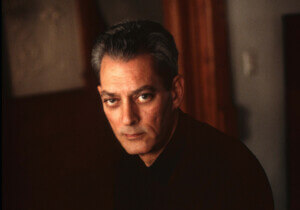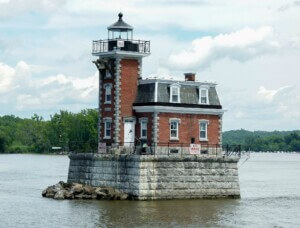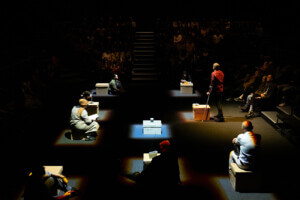Duke Ellington, Ella Fitzgerald, the Supremes, Bing Crosby, Ray Charles, and Frank Sinatra are just a few titans that took the stage at Brooklyn Paramount, a French Baroque revival theater from 1928 that recently reopened at 385 Flatbush Avenue.
For decades, the palatial music venue was used by Long Island University as a rather opulent (albeit out-of-place) basketball court. Now, the Brooklyn Paramount has been restored to its original glory as a mixed-use entertainment center replete with a grand stage for performances, a gilded lobby, cocktail lounges, and other amenities.
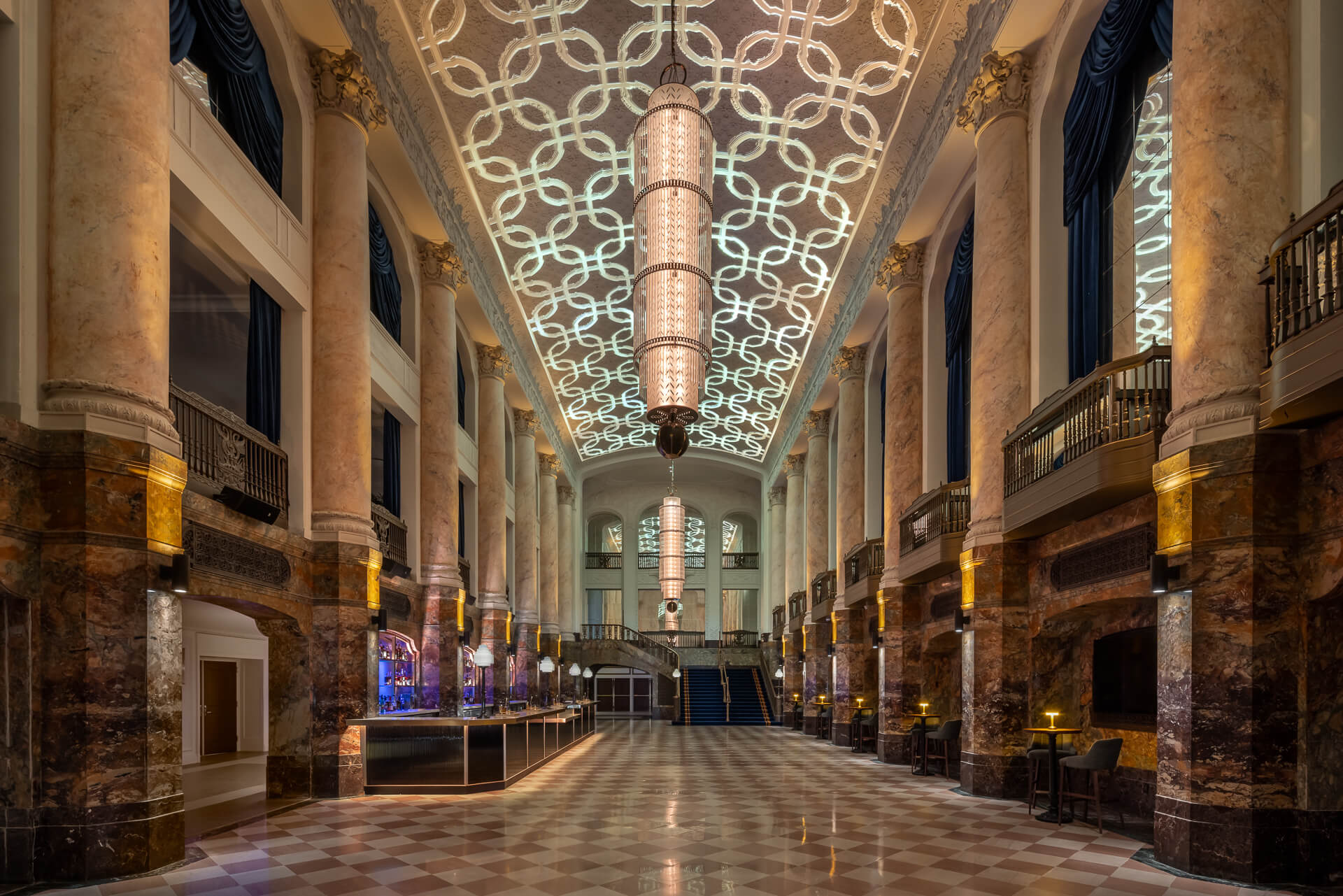
Brooklyn Paramount was purchased by Live Nation in 2023 and later restored by Arcadis, a Dutch engineering and design firm. In the coming months, acts like Norah Jones, Mariah The Scientist, Busta Rhymes, Sean Paul, and others will perform in the historic building where yesteryear’s heavyweights once brought the house down. Damian and Stephen Marley, sons of Bob Marley, were invited to give the first concert at Brooklyn Paramount on March 27.
“Decades ago, the Brooklyn Paramount Theater broke down barriers—giving Black artists a platform from the earliest days of jazz and rock and roll on stage in front of desegregated audiences,” said U.S. Congresswoman Yvette Clarke, who attended a ribbon cutting ceremony at Brooklyn Paramount alongside Senator Chuck Schumer and Mayor Eric Adams. “Thanks to the vision of Live Nation in partnership with Long Island University the Brooklyn Paramount will once again serve as a cultural hub to showcase some of the most gifted artists today and bring people from diverse backgrounds together in fellowship.”

The Downtown Brooklyn venue first opened its doors on November 4, 1928. Its visionaries, Rapp & Rapp Architects, designed it as “America’s first movie theater built for sound.” Indeed, upon its opening, it was the first venue specifically designed for “talkies,” otherwise known as movies with soundtrack. Paramount Studios, the forum’s owner, called it a “Baroque palace” for Brooklyn.
Previously, the Chicago firm had designed a sister theater for Paramount Studios in Times Square. In Downtown Brooklyn, Rapp & Rapp designed an 11-story office tower atop the large auditorium.
At Brooklyn Paramount, Rapp & Rapp designed an iconic marquee to anchor the corner of Flatbush and Dekalb with big, bold, electric letters that said Paramount Theatre, announcing the complex’s activities to the world. Visitors entered underneath the marquee into the Grand Foyer, a voluminous space that measured out at 147 feet long and 42 feet high. There, huge chandeliers floated from above while fountains with goldfish swam below. Patrons were then swept off their feet into the auditorium’s 4,124 burgundy red seats, or into swanky cocktail lounges.
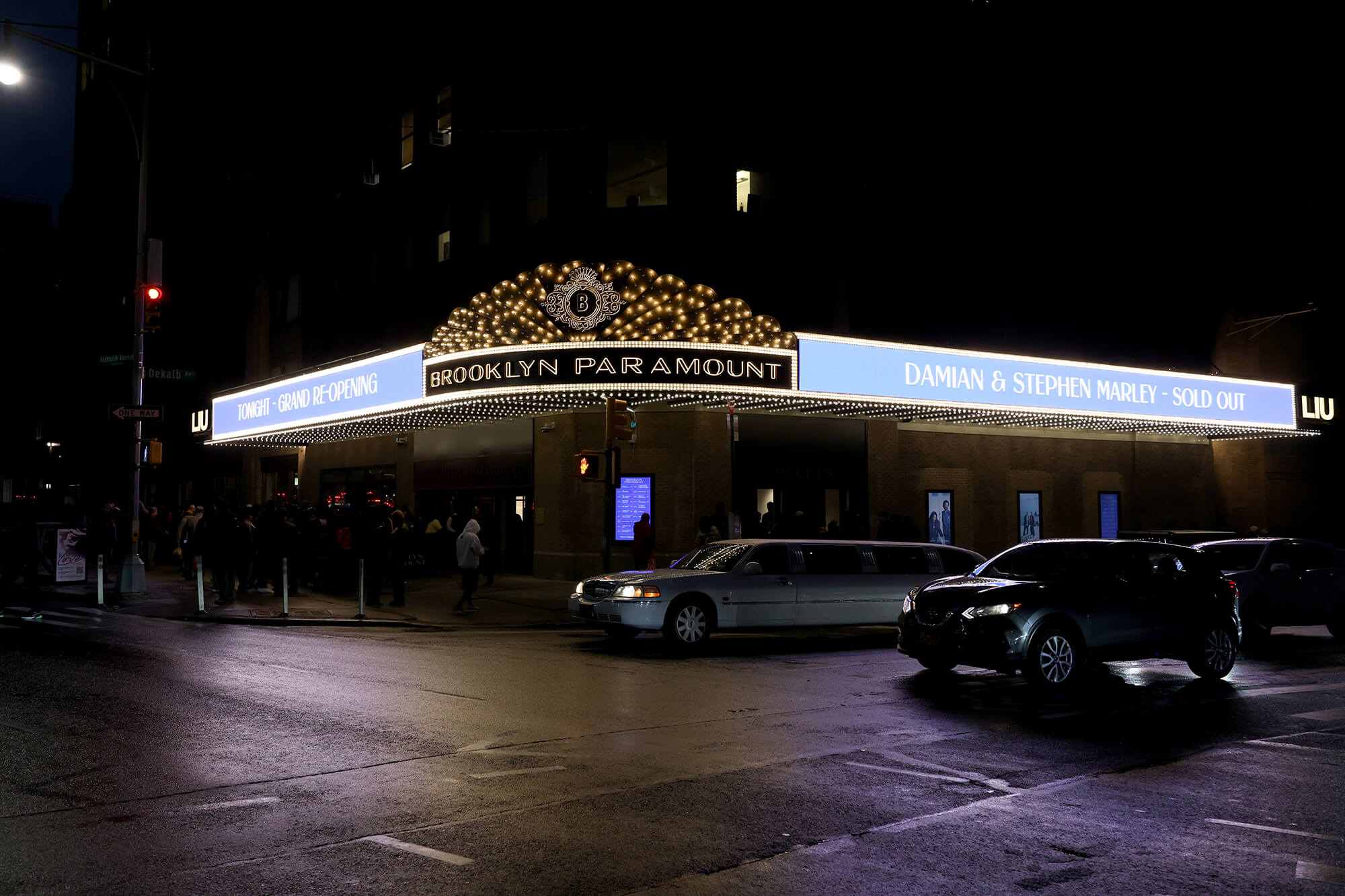
The auditorium’s curtain drapes were 60-feet tall, emblazoned with satin embroidered pheasants. The space was centrally controlled vis-a-vis its Wilfred Color Organ, a mechanism which allowed operators to adjust the lighting based on the mood. And for those in the know, Brooklyn Paramount’s Wurlitzer Organ was nothing short of a masterpiece in its own right: It contained a total of 257 stops that controlled over 1,800 pipes.
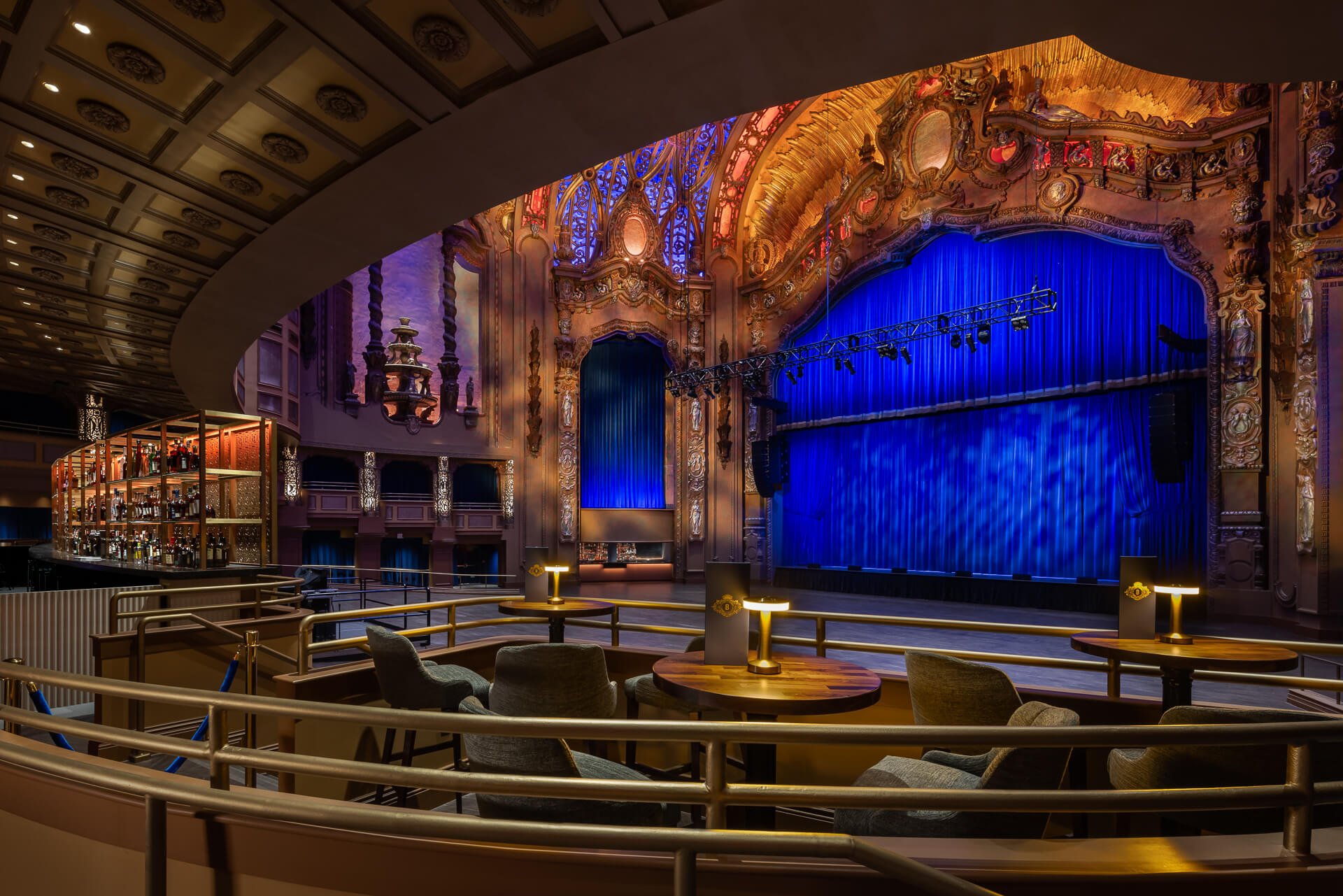
At the corner of Flatbush Avenue and Dekalb, Brooklyn Paramount was at the heart of Brooklyn’s Theater District. Within a few blocks from the historic theater, there were cumulatively 25,000 theater seats. The nearby Brooklyn Academy of Music was completed in 1908 by Leopold Eidlitz and Henry Beaumont Herts; and the Williamsburgh Savings Bank Tower is a Beaux Arts–building by Halsey, McCormack, and Helmer, finished in 1929. Junior’s Cheesecake, a famous restaurant that still lights up the night with its pulsating red neon signage, was where you went to enjoy a nightcap, or a milkshake for those under 21.
During the Great Depression, the Brooklyn Paramount came on hard times. In 1935, it was sold to a benefactor named Simon Fabian. But eventually, the theater bounced back, with memorable performances by Bing Crosby and his contemporaries. In 1940, amid the Holocaust, a Dutch Jewish singer named Leo Fuld gave an entire performance in Yiddish.
In 1954, Long Island University (LIU) purchased the building. Afterwards, LIU converted the upper floors into classrooms and administrative spaces. And in 1962, the theater was converted into a basketball court, followed by a second round of renovations in 1975. The majestic Paramount Theatre marquee was swapped out with a glum overhang, and many longtime residents and businesses left Downtown Brooklyn during white flight and urban renewal.
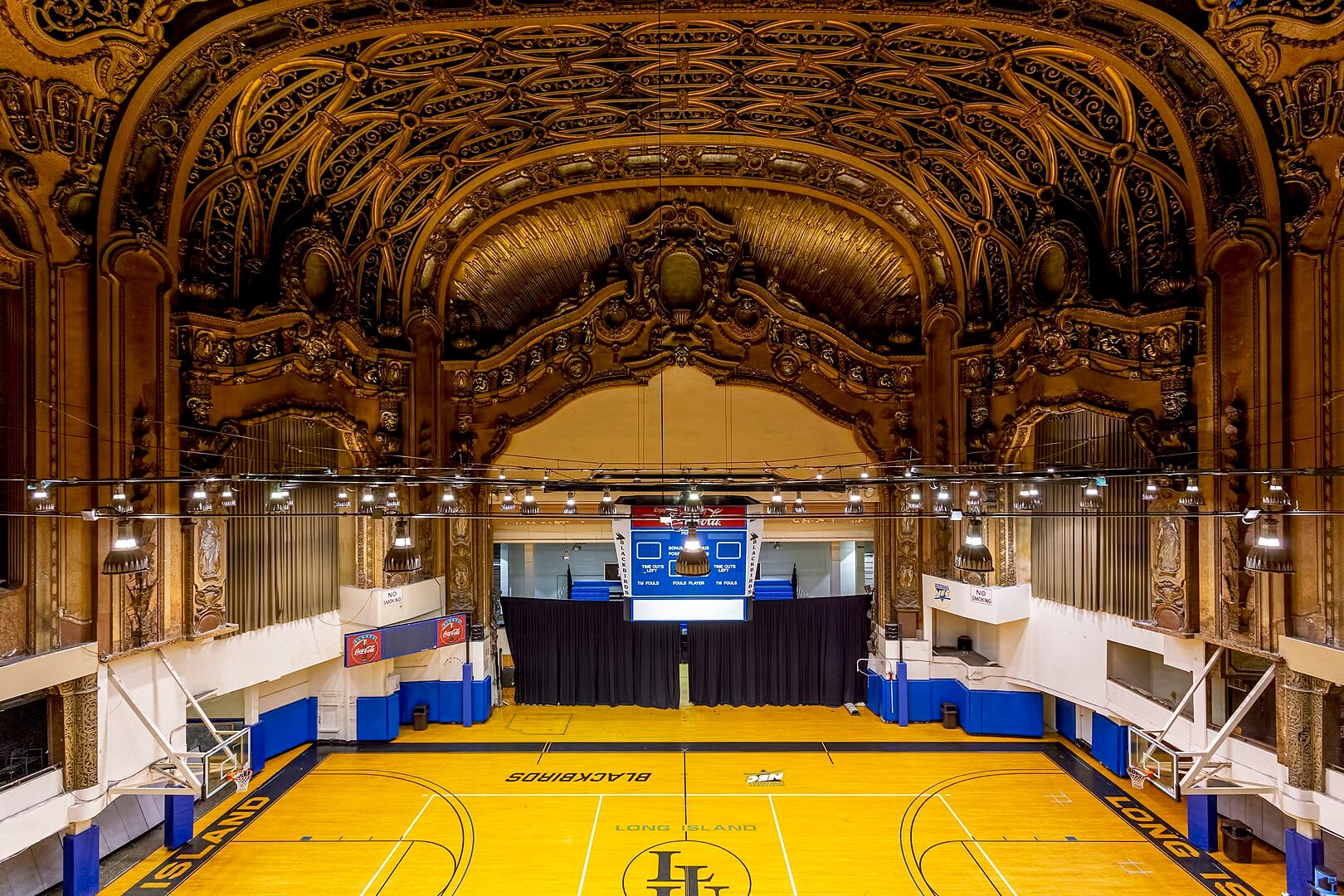
Decades later, Downtown Brooklyn was rezoned. In 2004, the Downtown Brooklyn Redevelopment Plan was passed, and developers took a renewed interest in the area. Ambitious programs to bring retail back to the neighborhood followed with urban designs like the Fulton Street Mall and new luxury highrises more akin to the construction boom happening along Central Park.
How will Downtown Brooklyn’s revitalization take shape? It’s too soon to say. But for some, it’s just plain nice to see the electrified words Brooklyn Paramount back on the corner of good old Flatbush.
The restoration led by Live Nation and Arcadis painstakingly preserved the original 1928 structure’s original detailing. While the Grand Foyer no longer has a fountain filled with goldfish, it does make for an excellent place to see and be seen. And to pay homage to the building’s important role in history, its cocktail lounge was named after Ella Fitzgerald, who played at Brooklyn Paramount not so long ago.
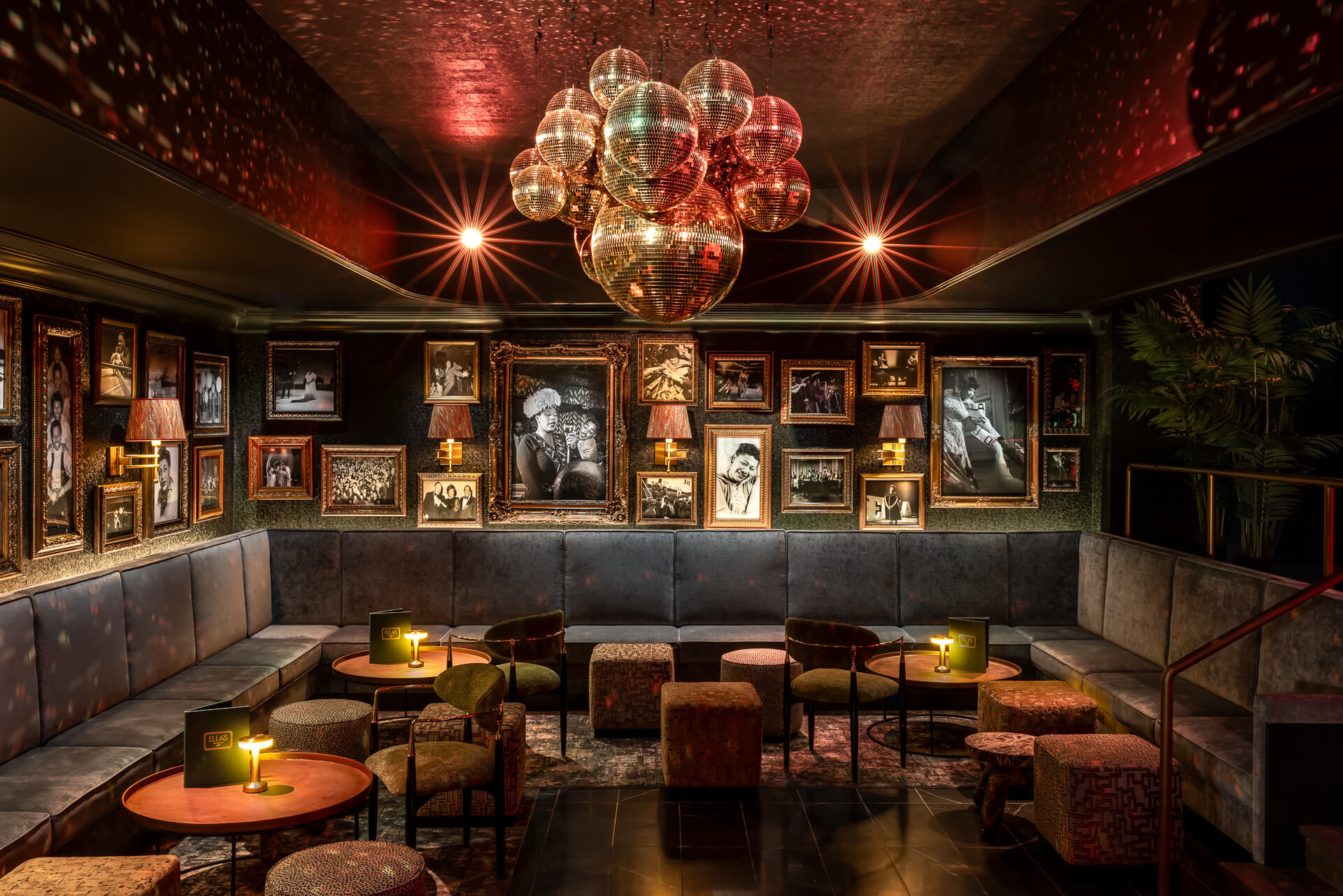
“This grand reopening is a testament to the enthusiasm of the Brooklyn community for our cultural traditions and opportunities,” said New York City public advocate Jumaane Williams upon its reopening. “I look forward to seeing not only the acts that will take the same stage as legends of the past, but the impact the iconic institution will have on the students of Long Island University and the surrounding neighborhood. Brooklyn has always been a space for artistic expression and cultural growth, and the return of the Brooklyn Paramount after decades is a sign of a bright artistic and economic future for the borough and the city.”








